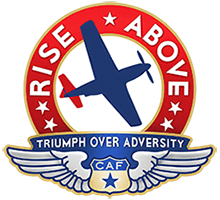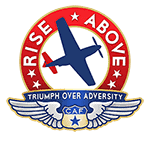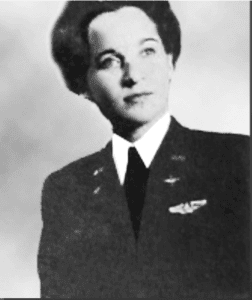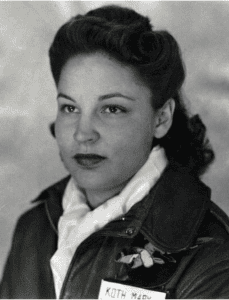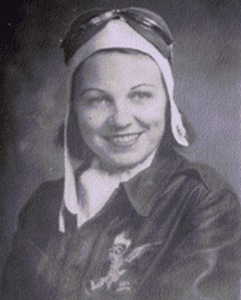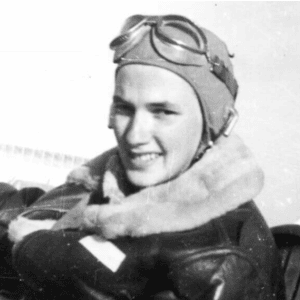I don’t know if I just hang out with major risk-takers so I can live vicariously through them, but a high percentage of my friends have either parachuted out of an airplane for fun or indicated a strong interest in doing so at some point. As I get older, this option for personal adventure has faded into the background (not so white water rafting…) but I remain envious of those who have tried it.
This week marked the 93rd anniversary of the first parachute jump with the chute deployed by a ripcord. The inventor was also the tester, which makes sense when you think about it. Leslie L. “Skyhigh” Irvin was in control and remained in free fall until he decided to pull the cord and open the chute. Prior to this historic jump in 1919 over McCook Field in Ohio, a parachute was deployed in many different ways, including holding the parachute and tossing it up while falling down (balloonist) and later, having a device on the airplane itself pull the cord as the parachutist exited.
The parachute continued to be refined, including the changing the canopy material from silk to nylon in 1941. There were two main versions of chutes used by U.S. pilots in World War II – the backpack and the seat pack. The research I’ve done indicates that a large number – if not all – of the Tuskegee-trained pilots used the seat pack chute. That was positioned over their Mae West flotation vest packet. Sitting on those two items seems like it would have been pretty uncomfortable, but a backpack chute would also have put pressure on the back. What with the cold thin air of the high altitudes, the long flights, the uncomfortable seats, things poking into various body parts that couldn’t really be rearranged, and the constant threat of dying, there were no wimpy pilots.
Here is a picture of Tuskegee Airman Captain Ed Gleed standing in front of his P-51D (full glass canopy) Mustang. This was taken by woman photographer Toni Frissell and is part of the Library of Congress collection. Gleed is in full pilot gear. He’s holding his oxygen mask in his right hand and you can just see the corner of his seat pack parachute and Mae West vest packet sticking out behind his right forearm. Note the tape over the Mustang’s guns to keep out rain and dirt.
Where are we this weekend?
The Mustang and RISE ABOVE Traveling Exhibit are at the FREE (love that!) Robins Air Force Base Air Show in Warner Robins, GA. Brad Lang, the Squadron leader, is this week’s pilot. He lived in Warner Robins for two years in the mid-80s and was looking forward to being back there for a couple of days, talking to folks about the Tuskegee Airmen.
The CAF Red Tail Squadron is a volunteer-driven 501c3 non-profit organization that operates under the auspices of the Commemorative Air Force. For more information, please visit redtail.org.
